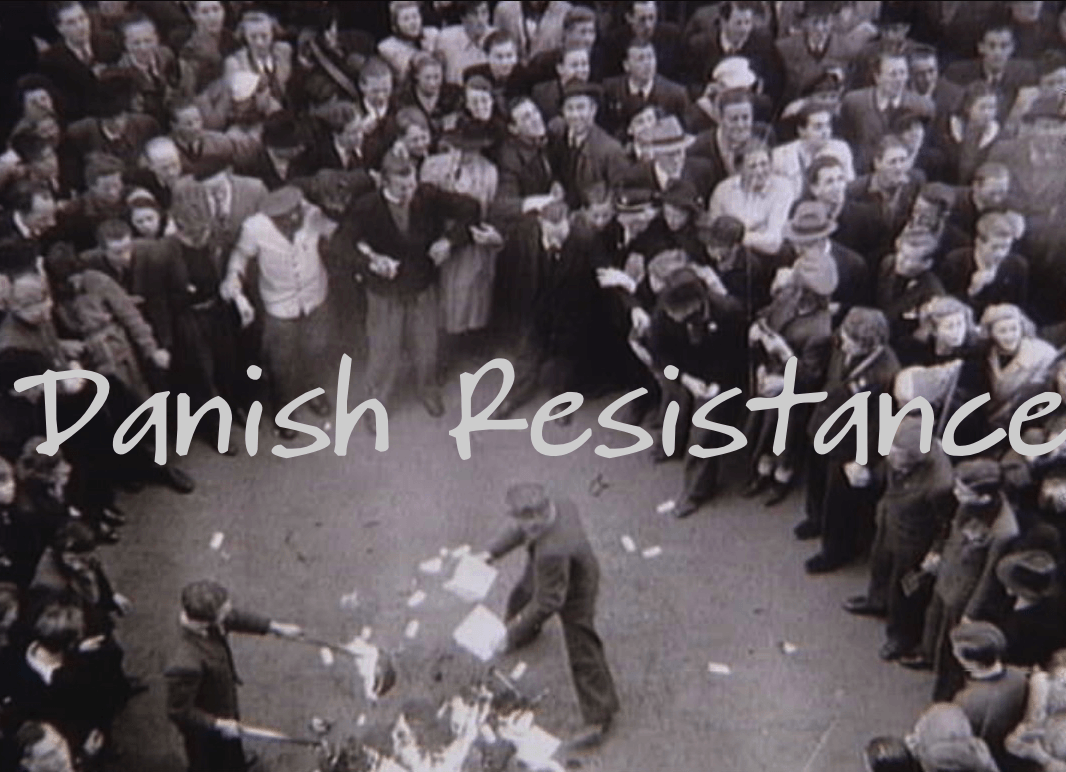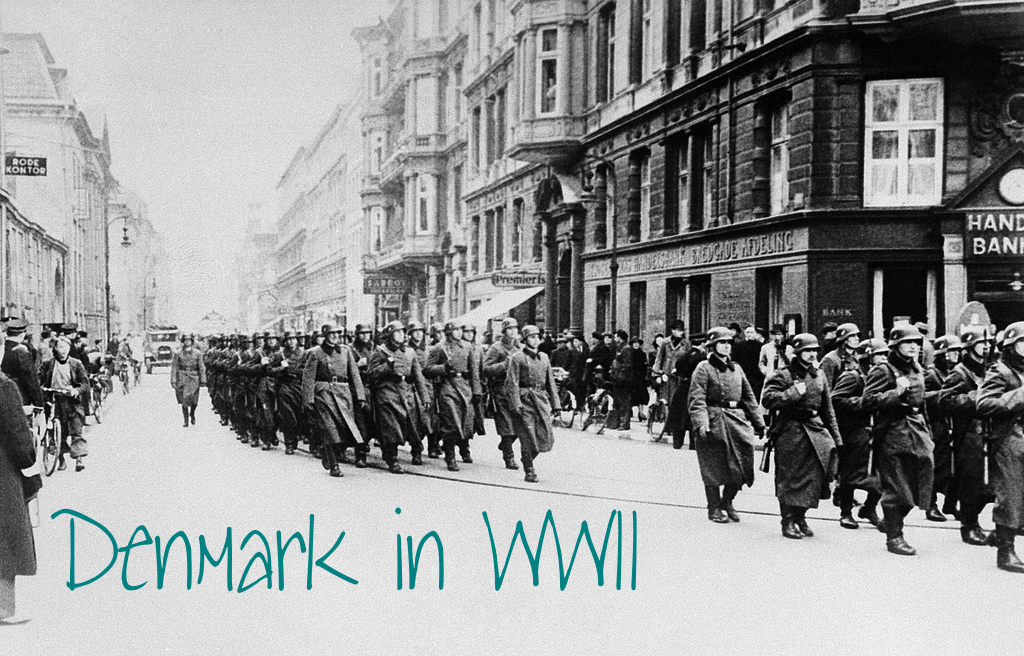Danish Resistance
Danish Resistance Number the Stars is likely one of the books that all 90’s kids read at some point in grade school. Maybe for class, maybe… Read More »Danish Resistance
Danish Resistance Number the Stars is likely one of the books that all 90’s kids read at some point in grade school. Maybe for class, maybe… Read More »Danish Resistance
Denmark in WWII On April 9, 1940, Denmark was invaded by German. Prior to this, they had been rescuing people from other occupied… Read More »Denmark in WWII

